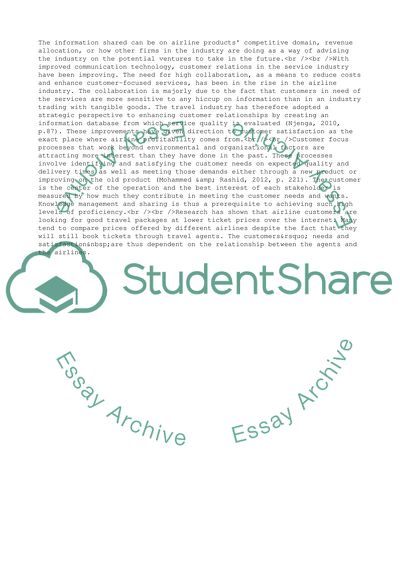Cite this document
(Customers in the Airline Industry Term Paper Example | Topics and Well Written Essays - 2250 words, n.d.)
Customers in the Airline Industry Term Paper Example | Topics and Well Written Essays - 2250 words. https://studentshare.org/business/1845885-knowledge-management-in-airline-industry
Customers in the Airline Industry Term Paper Example | Topics and Well Written Essays - 2250 words. https://studentshare.org/business/1845885-knowledge-management-in-airline-industry
(Customers in the Airline Industry Term Paper Example | Topics and Well Written Essays - 2250 Words)
Customers in the Airline Industry Term Paper Example | Topics and Well Written Essays - 2250 Words. https://studentshare.org/business/1845885-knowledge-management-in-airline-industry.
Customers in the Airline Industry Term Paper Example | Topics and Well Written Essays - 2250 Words. https://studentshare.org/business/1845885-knowledge-management-in-airline-industry.
“Customers in the Airline Industry Term Paper Example | Topics and Well Written Essays - 2250 Words”. https://studentshare.org/business/1845885-knowledge-management-in-airline-industry.


